Introduction
Maple trees are renowned for their stunning foliage, vibrant colors, and iconic presence in landscapes around the world. With over 100 species in the genus Acer, these versatile trees offer a wide range of sizes, shapes, and colors to suit any garden or outdoor space. In this guide, we’ll explore 15 beautiful species of maple trees, highlighting their distinctive features, growing requirements, and landscape uses.
Acer saccharum (Sugar Maple)
Acer saccharum, commonly known as the sugar maple, is celebrated for its brilliant fall foliage, which ranges from vibrant oranges to deep reds. This iconic North American native is prized for its sap, which is used to make maple syrup. Sugar maples prefer well-drained soil and full sun to partial shade, making them an excellent choice for larger landscapes and naturalistic settings.
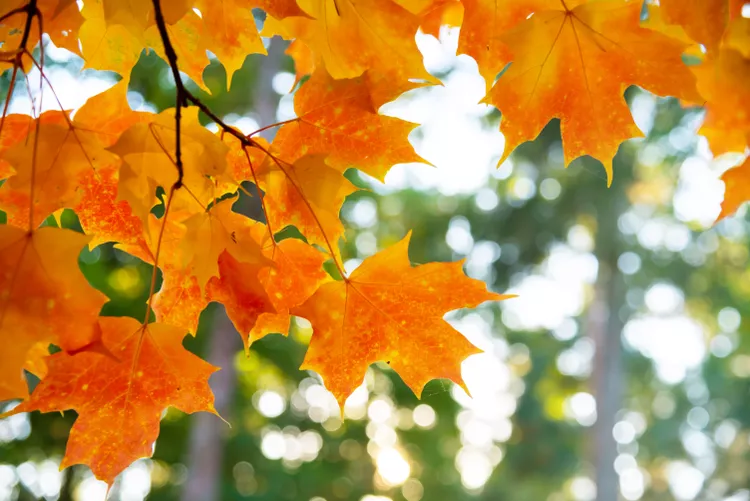
Acer palmatum (Japanese Maple Trees)
The Japanese maple (Acer palmatum) is renowned for its delicate, lacy foliage and elegant form. With hundreds of cultivars available, Japanese maples offer a wide range of colors, shapes, and sizes to suit any garden style. From cascading weepers to upright specimens, these versatile trees thrive in moist, well-drained soil and dappled shade.

Acer rubrum (Red Maple Trees)
The red maple (Acer rubrum) is prized for its early spring flowers, brilliant fall foliage, and adaptability to a wide range of soil conditions. This native North American species thrives in moist, acidic soil and full sun to partial shade. With its rapid growth rate and tolerance of urban conditions, the red maple is a popular choice for street planting and urban landscapes.

Acer griseum (Paperbark Maple)
The paperbark maple (Acer griseum) is beloved for its cinnamon-colored bark, which peels away in thin, papery layers, revealing a smooth, coppery underlayer. This small, slow-growing tree thrives in moist, well-drained soil and dappled shade, making it an excellent choice for smaller gardens, woodland settings, and Asian-inspired landscapes.
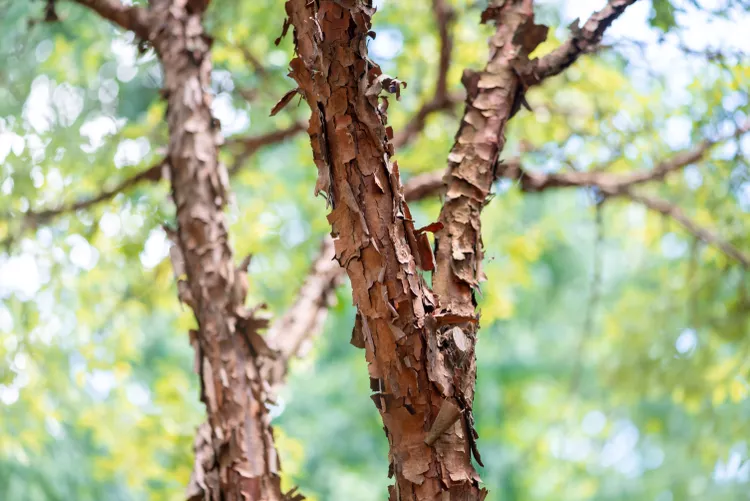
Acer japonicum (Fullmoon Maple Trees)
The fullmoon maple (Acer japonicum) is prized for its large, palmate leaves and vibrant fall colors. This small to medium-sized tree thrives in moist, well-drained soil and dappled shade, making it an excellent choice for woodland gardens, shaded borders, and Japanese-inspired landscapes.

Acer campestre (Field Maple)
The field maple (Acer campestre) is a versatile, hardy species native to Europe and western Asia. With its compact form, dense foliage, and tolerance of urban conditions, the field maple is well-suited to small gardens, hedgerows, and urban landscapes. This adaptable tree thrives in moist, well-drained soil and full sun to partial shade.

Acer negundo (Boxelder)
The boxelder (Acer negundo) is a fast-growing, adaptable species native to North America. With its tolerance of poor soil, drought, and urban conditions, the boxelder is often planted for erosion control, windbreaks, and reclamation projects. While not as ornamental as other maple species, boxelders are valued for their rapid growth and hardiness.
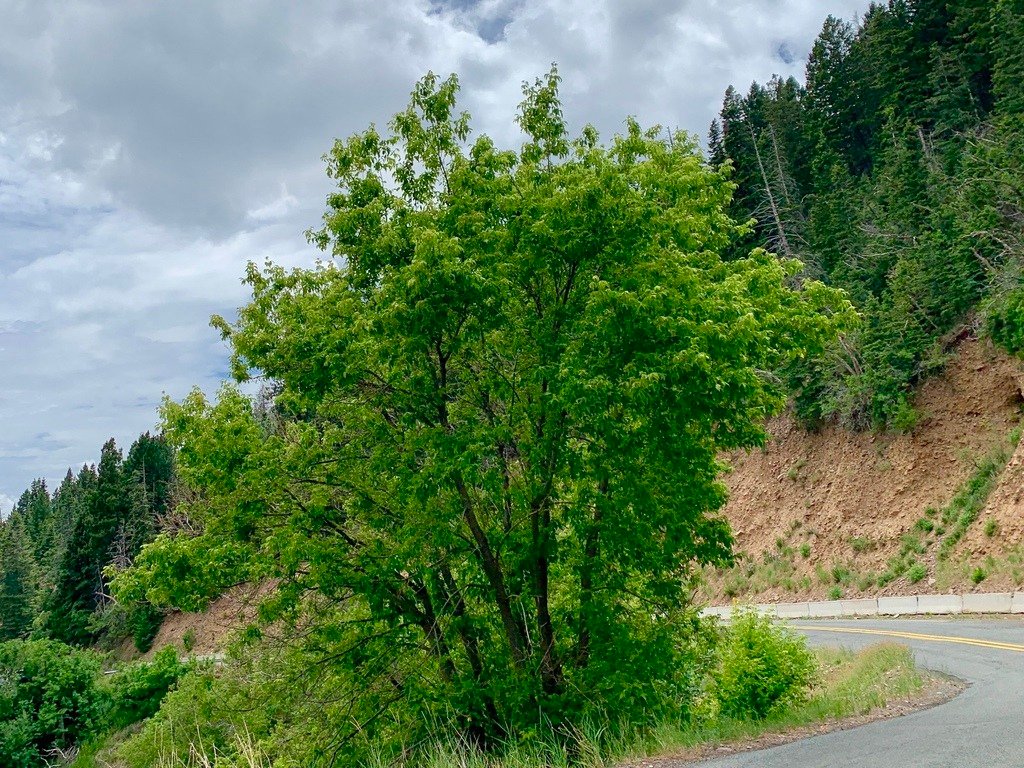
Acer pseudoplatanus (Sycamore Maple)
The sycamore maple (Acer pseudoplatanus) is a large, fast-growing tree native to central and southern Europe. With its broad, spreading canopy and tolerance of urban conditions, the sycamore maple is often planted as a shade tree in parks, large landscapes, and urban streetscapes. This adaptable species thrives in moist, well-drained soil and full sun to partial shade.

Acer platanoides (Norway Maple)
The Norway maple (Acer platanoides) is a popular landscape tree valued for its dense, symmetrical canopy and tolerance of urban conditions. Originally native to Europe and western Asia, this large, deciduous tree is widely planted as a street tree, shade tree, and specimen tree in parks and gardens. Norway maples prefer moist, well-drained soil and full sun to partial shade.

Acer ginnala (Amur Maple)
The Amur maple (Acer ginnala) is a small, multi-stemmed tree native to Asia. With its compact form, attractive foliage, and tolerance of urban conditions, the Amur maple is often planted as a specimen tree, hedge, or windbreak in smaller landscapes and urban gardens. This adaptable species thrives in moist, well-drained soil and full sun to partial shade.
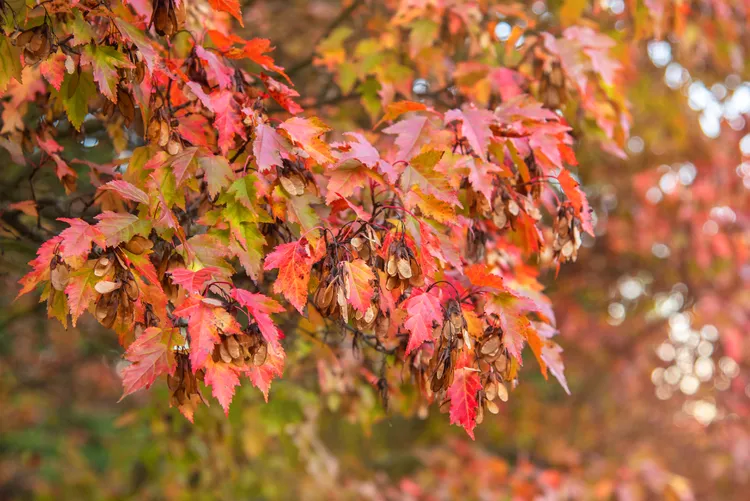
Acer macrophyllum (Big leaf Maple)
The bigleaf maple (Acer macrophyllum) is a majestic species native to the Pacific Northwest of North America. With its large, broad leaves and spreading canopy, the bigleaf maple is prized for its shade and ornamental value in parks, gardens, and woodland settings. This adaptable tree thrives in moist, well-drained soil and partial shade.

Acer circinatum (Vine Maple)
The vine maple (Acer circinatum) is a graceful species native to the Pacific Northwest of North America. With its slender, arching branches and vibrant fall foliage, the vine maple is valued for its ornamental beauty in woodland gardens, shaded borders, and naturalistic landscapes. This understory tree thrives in moist, well-drained soil and dappled shade.

Acer saccharinum (Silver Maple)
The silver maple (Acer saccharinum) is a fast-growing species native to North America. With its rapid growth rate, tolerance of wet soil, and attractive silver underside of its leaves, the silver maple is often planted as a shade tree, street tree, or specimen tree in large landscapes and urban settings. This adaptable species thrives in moist to wet soil and full sun to partial shade.

Acer leucoderme (Chalk Maple)
The chalk maple (Acer leucoderme) is a small, understory species native to the southeastern United States. With its striking white bark and vibrant fall foliage, the chalk maple is prized for its ornamental value in woodland gardens, shaded borders, and naturalistic landscapes. This adaptable tree thrives in moist, well-drained soil and partial shade.

Conclusion
In conclusion, maple trees offer a diverse array of sizes, shapes, and colors to enhance any landscape. Whether you’re seeking vibrant fall foliage, elegant form, or ornamental bark, there’s a maple species to suit your garden style and growing conditions. By incorporating these beautiful trees into your landscape design, you can enjoy their beauty for years to come.
FAQs (Frequently Asked Questions)
Q: How do I choose the right maple tree for my landscape?
A: When selecting a maple tree for your landscape, consider factors such as mature size, growth rate, fall foliage color, and site conditions. Choose a species that suits your garden style, space limitations, and aesthetic preferences.
Q: Are maple trees suitable for small gardens?
A: Yes, several maple species, such as Japanese maple (Acer palmatum) and paperbark maple (Acer griseum), are well-suited to small gardens due to their compact size, slow growth rate, and ornamental value.
Q: How do I care for maple trees in my landscape?
A: Maple trees generally require minimal maintenance once established. Provide adequate water during periods of drought, mulch to conserve moisture and suppress weeds, and prune as needed to maintain shape and remove dead or diseased branches.
Q: Can maple trees be grown in containers or pots?
A: Yes, certain maple species, such as Japanese maple (Acer palmatum) and dwarf cultivars, can be grown in containers or pots. Choose a large container with adequate drainage, use a well-draining potting mix, and provide regular water and fertilizer during the growing season.
Q: Are maple trees prone to pests and diseases?
A: While maple trees are generally resistant to pests and diseases, they may occasionally be affected by issues such as aphids, scale insects, and fungal diseases. Monitor your trees regularly for signs of pests or diseases, and treat as necessary with appropriate control measures.
Q: Can maple trees be tapped for syrup production?
A: Yes, certain maple species, such as sugar maple (Acer saccharum) and black maple (Acer nigrum), can be tapped for sap production to make maple syrup. However, tapping should only be done on mature trees, and proper tapping techniques should be followed to avoid damaging the tree.





